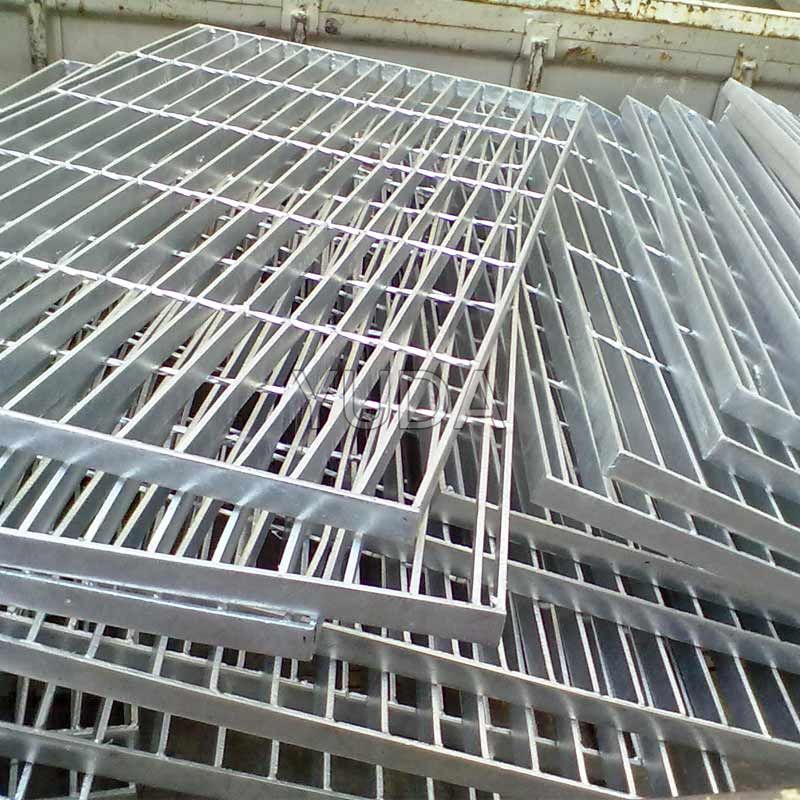Buyers who need to protect their metal grating from rust and corrosion have an important choice to make between galvanized carbon steel and stainless steel. Galvanization is the process of applying a protective zinc coating to carbon steel grating. Stainless steel grating is usually finished with a secondary cleaning to ensure aesthetic appeal. Both stainless steel and galvanized carbon steel can be coated with a protective layer of a tough, anti-skid substrate for traction in extreme environments.
In this article we’ll explore the differences between stainless steel grating and galvanized carbon steel grating to better understand where either one is appropriate. Used in the right settings, both can function for decades with little to no maintenance needed.
What is Galvanization?
Unprotected carbon steel is susceptible to rust and corrosion. It is possible to somewhat protect exposed carbon steel paint finishes, but these are not as reliable as galvanization because they will wear away over time, leaving the steel below exposed. However, for indoor architectural gratings that will not be exposed to water, heavy impact, or intense wear and tear, these may be sufficient and cost-efficient methods of protection. Your grating supplier should assess your facility’s needs carefully before recommending the right grating for your building and premises.
For carbon steel grating that must be exposed to moisture, a coating of zinc is needed to prevent the steel from rusting. This coating is usually applied by dipping the grating into hot, molten zinc to ensure that all surfaces are covered. An extremely thin layer of zinc bonds tightly to the steel surface, creating a textured protective layer.
Galvanized steel is cheaper than stainless steel, but it is not as strong. Galvanized steel grating is thus, ideal for most commercial and architectural applications, both indoor and outdoor, where they will not be subject to extreme loads or harsh, corrosive chemicals.

What is Stainless Steel?
By definition, stainless steel must contain at least 10% chromium. Carbon steel, composed primarily of iron and carbon, contains no chromium or only trace amounts. The presence of chromium in stainless steel is what protects it from rust and corrosion. Unlike galvanized carbon steel, the chromium is not bonded only to the surface of stainless steel – it is uniformly mixed into the molten steel prior to cooling.
Stainless steel also contains other elements that help increase its strength. While carbon steel can be engineered to deflect less under an applied load than stainless steel, it cannot withstand as high a magnitude of stress without undergoing permanent material deformation. In engineering terms, this means that carbon steel can have a higher modulus of elasticity but stainless steel always has a significantly higher yield strength.
All stainless-steel grating have two properties in common: high strength and corrosion resistance. They are often used in industrial applications, food processing, and environments featuring caustic chemicals, where it is worth spending more money to ensure higher yield strength and corrosion resistance. Make the right investment by discussing your requirements with your grating supplier.
Yuda supplies Hexagonal Wire Netting, Expanded Metal Fencing, Galvanized Welded Wire Mesh. If you have interested in our products, please feel free to contact us.
Previous: Perforated Panel Railings
Copyright:@2020-2021
Comments Please sign in or sign up to post.
0
0 of 500 characters used